Hallett Cove Conservation Park, located about 22 kilometres south of Adelaide in South Australia, is a site of significant geological and archaeological importance. The park covers approximately 50 hectares and showcases a remarkable geological history spanning millions of years.
The area’s geology is characterised by rock formations dating back to the Precambrian era, around 600 million years ago. These ancient rocks are overlain by younger sedimentary deposits from various geological periods. One of the park’s most notable features is evidence of glacial activity from the Permian period, around 280 million years ago. This includes glacial pavements, striated bedrock, and large erratic boulders transported by ice sheets.
The Amphitheatre, a striking geological formation within the park, was formed by erosion over millions of years. It features exposed rock layers that provide insight into the area’s geological history. The Black Cliff, another prominent feature, consists of dark tillite deposited during the Permian glaciation.
Archaeologically, Hallett Cove has yielded evidence of Aboriginal occupation dating back at least 40,000 years. Stone tools and other artifacts have been discovered in the area, making it an important site for understanding Indigenous Australian history.
European settlement in the region began in the mid-19th century. The area’s geological significance was first recognized in the late 1800s by Professor Ralph Tate of the University of Adelaide. However, it wasn’t until 1976 that Hallett Cove was declared a Conservation Park to protect its unique geological and archaeological features.
In recent years, efforts have been made to enhance visitor experience and accessibility while protecting the park’s natural features. A significant addition to the park has been the installation of a pedestrian boardwalk. This elevated walkway allows visitors to explore the park’s coastal areas and geological features without damaging the sensitive environment.
The boardwalk is accompanied by interpretive signage that provides information about the park’s geological history, flora, fauna, and cultural significance. These signs offer visitors insights into the formation of the landscape, the glacial history, and the importance of conservation efforts.
This infrastructure improvement has made the park more accessible to a wider range of visitors, including those with mobility limitations. It has also helped to manage foot traffic, reducing erosion and preserving the park’s delicate ecosystems.

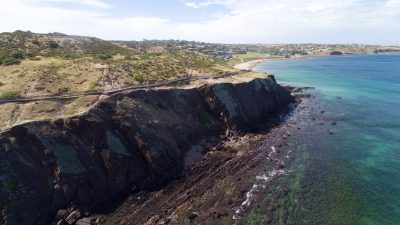
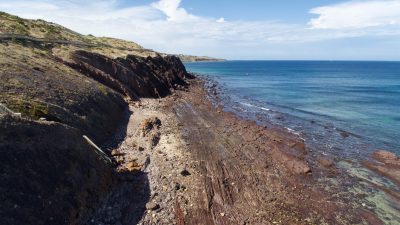

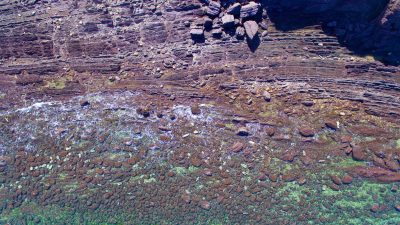





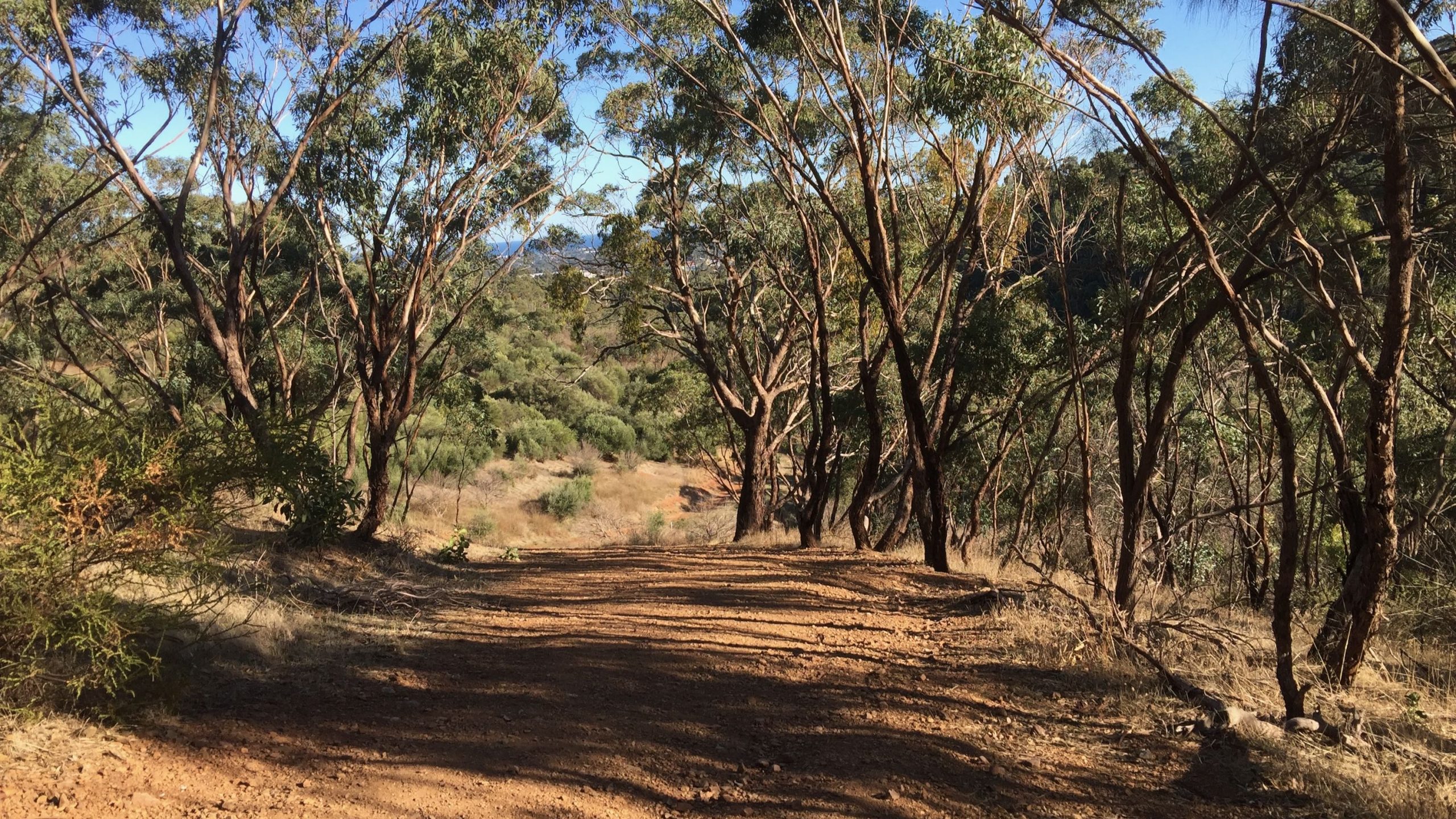
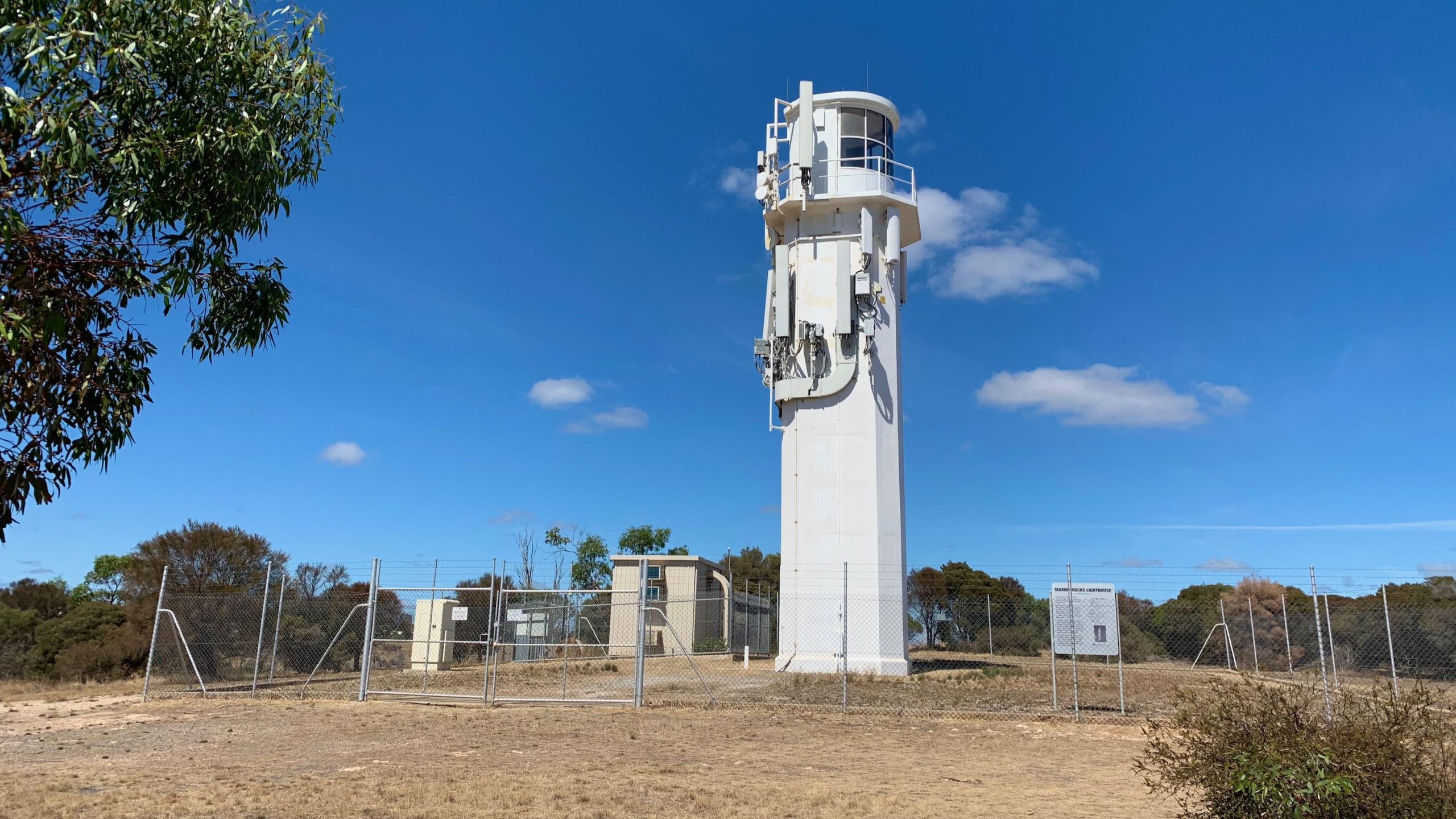
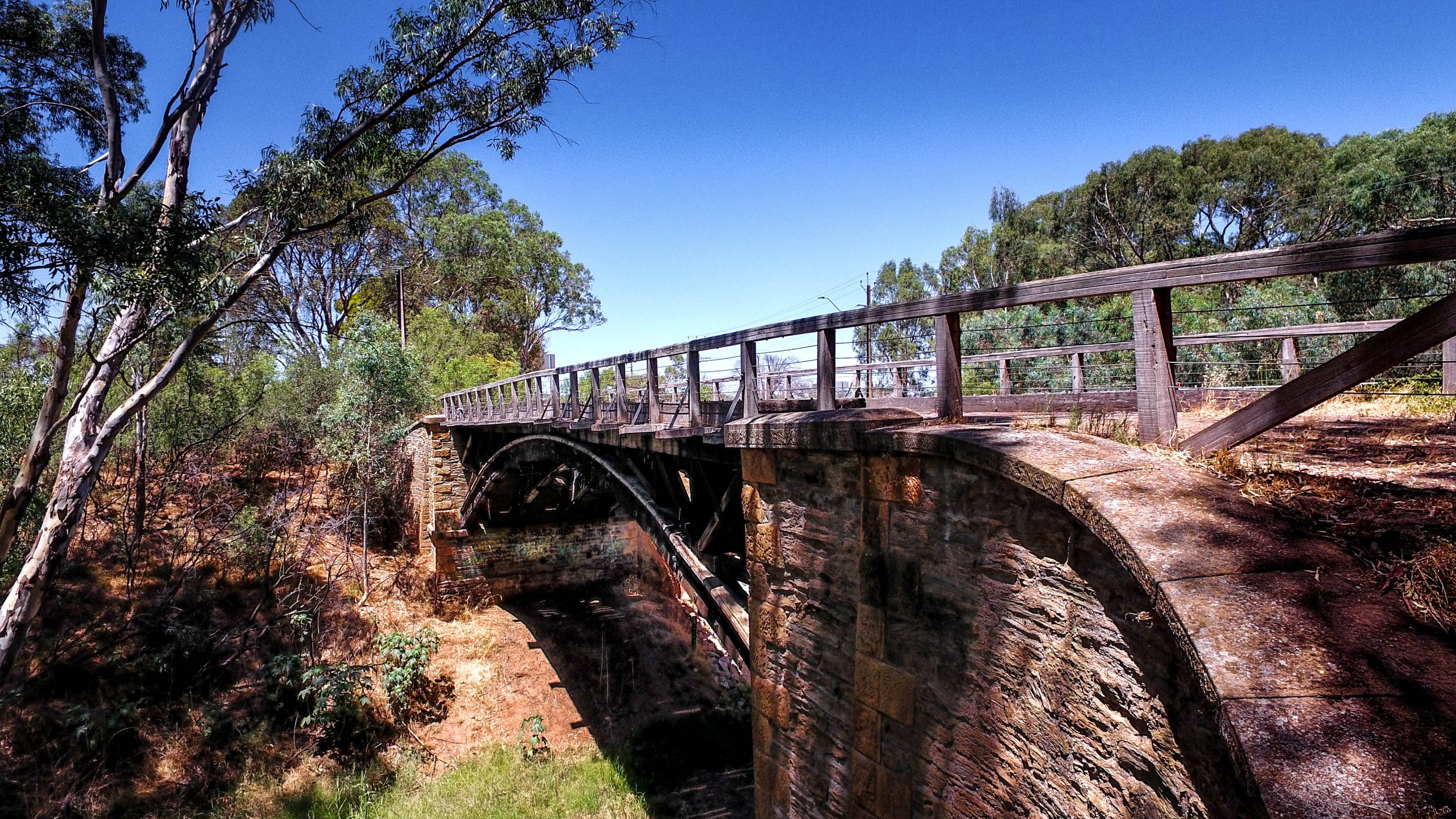


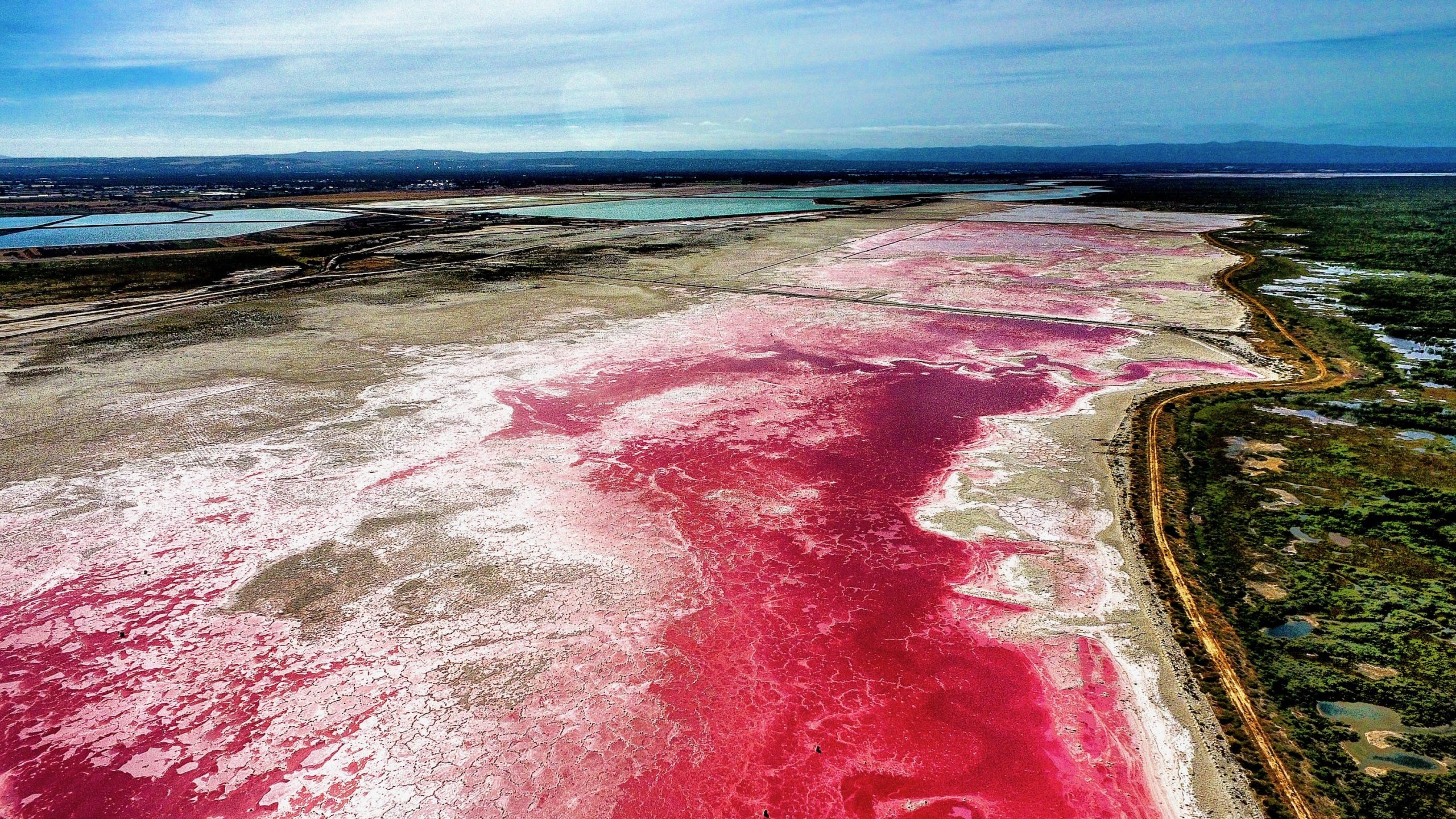
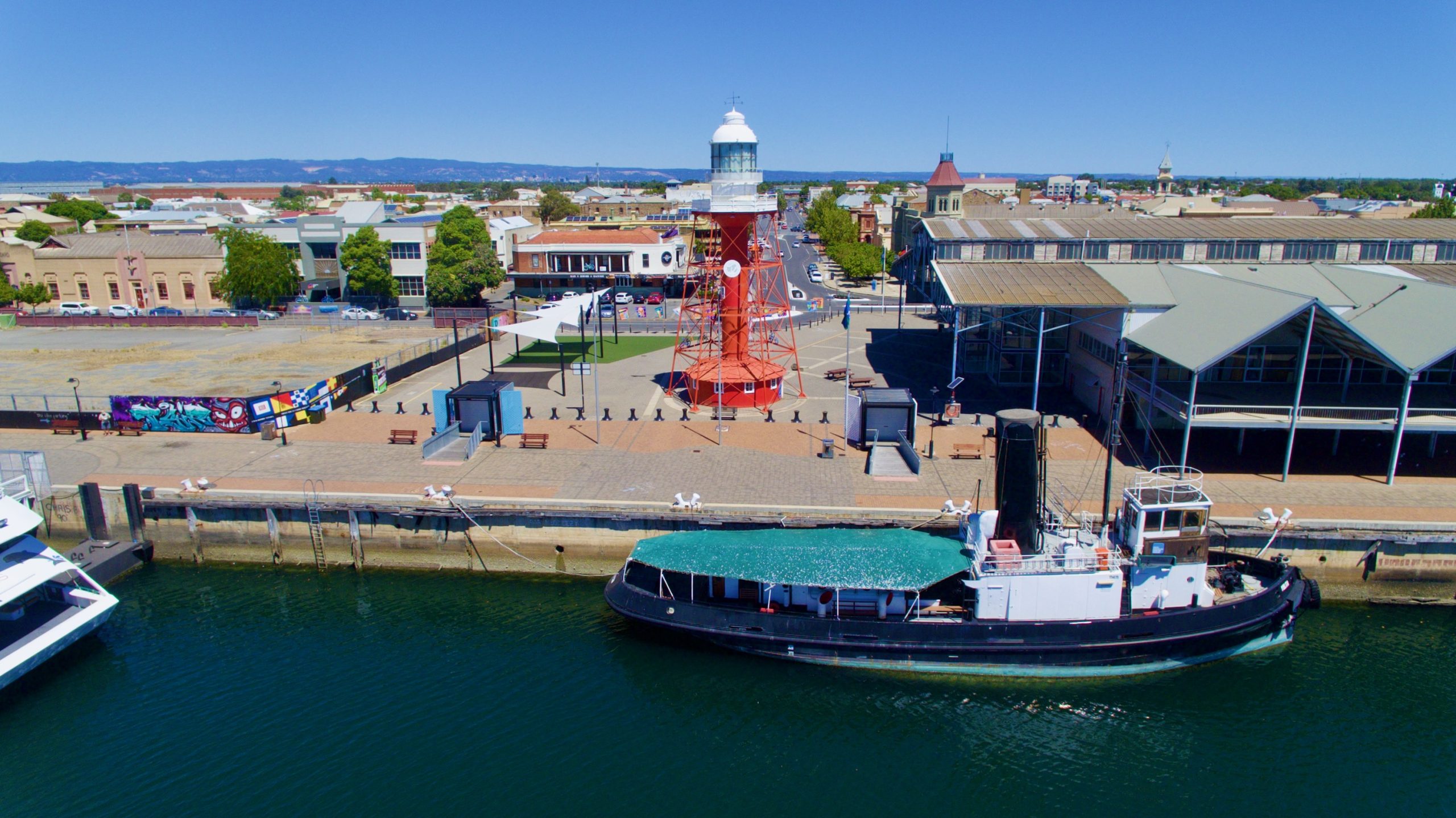
Leave A Comment